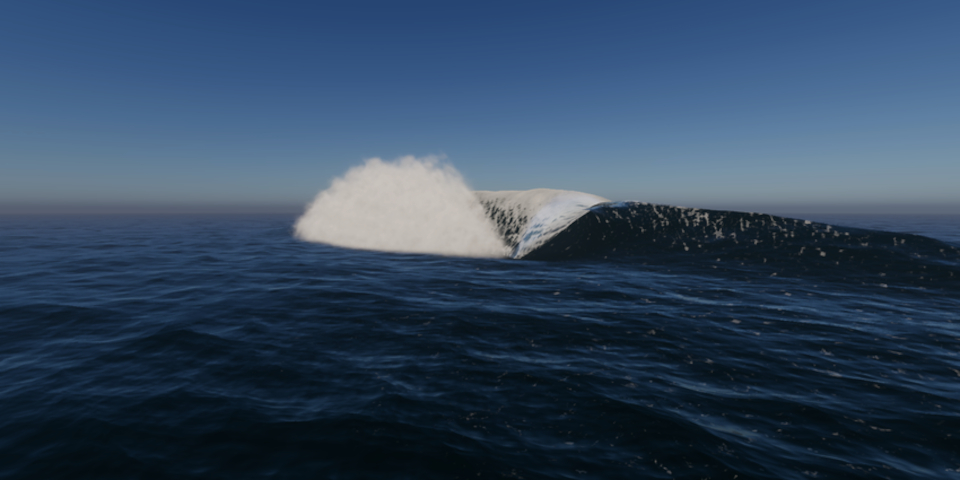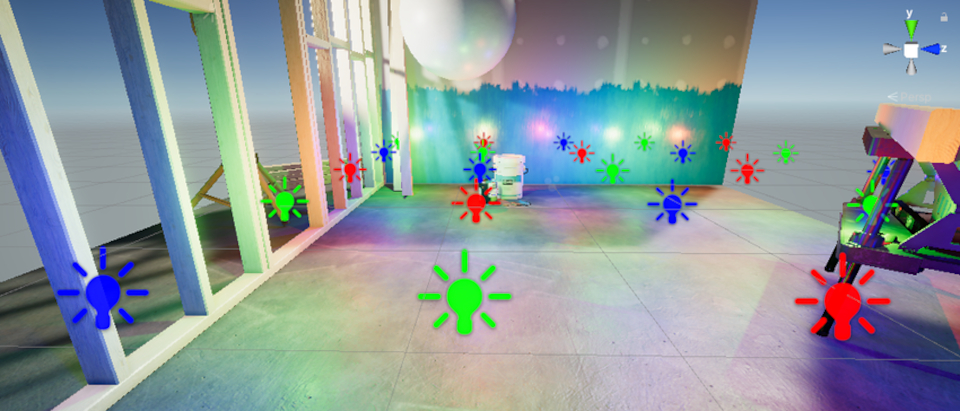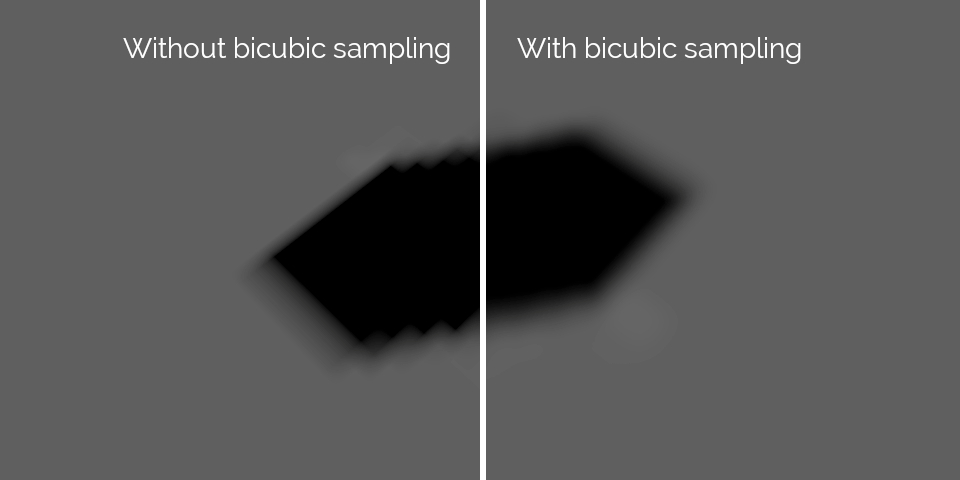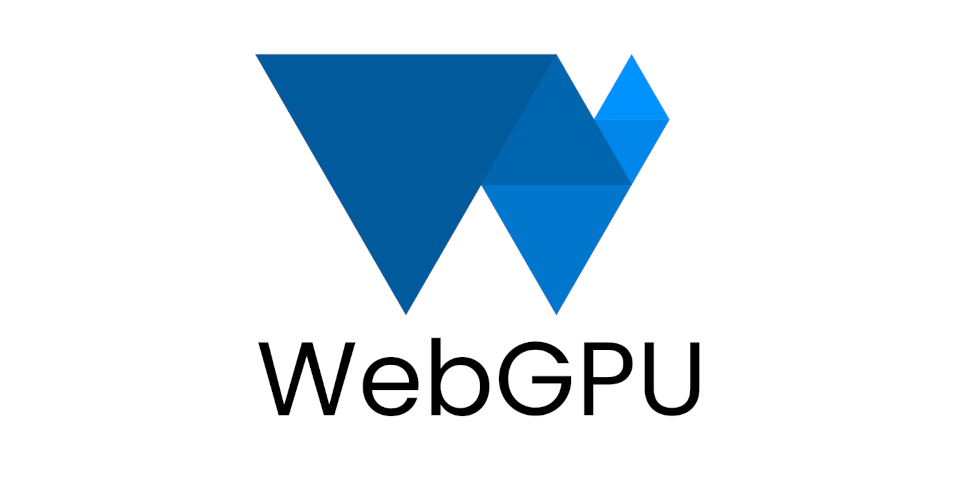Unity 6.1: discover 5 key features for CG artists
Unity has released Unity 6.1, the latest version of the game engine and real-time renderer.
The release is the first ‘update release’ from Unity’s new release schedule, and will receive the same level of support as a LTS release until Unity 6.2 becomes available later in the year.
Below, we’ve summarized its key features for CG artists, as opposed to developers, including 3D deformation in the water system, Deferred+ rendering in the Universal Rendering Pipeline, and a lot of rendering performance updates, including support for Variable Rate Shading.

1. HDRP: 3D deformation in the Water System creates rolling waves
The High Definition Render Pipeline (HDRP), primarily for desktop and console games, gets support for 3D deformation in the Water System.
The Water Decal system now supports horizontal deformations, making it possible to create effects like rolling waves, rather than just modifying the position of the water surface vertically.
There is also a new water sample scene of an underground cave, showcasing both the new deformation effects and the existing caustics effects.

2. URP: Support for Deferred+ rendering speeds up scenes with many lights
The Universal Render Pipeline, primarily for mobile and web games, now supports Deferred+ rendering as a rendering path.
Standard deferred rendering is commonly used for scenes with a lot of lights, but has a high memory overhead and impact on performance compared to forward rendering.
Deferred+ rendering reduces that performance impact, supporting cluster-based light culling and the GPU Resident Drawer introduced in Unity 6.
You can find a detailed comparison of the available render paths in the online documentation.

3. URP/HDRP: Bicubic sampling smooths low-resolution lightmaps
Both render pipelines now support bicubic sampling for lightmaps, helping to improve their visual fidelity by smoothing sharp or jagged edges, especially at the edges of shadows.
It is particularly useful for low-resolution lightmaps, at the cost of an additional performance overhead, and required additional padding on lightmap UV charts to avoid texture bleeding.

4. URP/HDRP: Rendering performance improvements, including Variable Rate Shading
Unity 6.1 features a number of changes intended to improve rendering performance, one of the most significant being support for Variable Rate Shading (VRS).
VRS makes it possible to adjust the shading resolution dynamically in specific areas of the screen, reducing GPU workload without sacrificing visual quality.
It is supported via Vulkan on Android and PC, via DirectX 12 on Xbox and PC, and on the PlayStation 5 Pro.
In the URP, users also now have the option to reduce the number of shader variants that Unity creates for fog and LOD meshes, reducing shader loading times and runtime memory usage.

5. Create more advanced browser-based games with WebGPU (Experimental)
For browser-based 3D games, Unity 6.1 introduces experimental support for the WebGPU API, intended as a successor to WebGL.
Unlike WebGL, it supports modern GPU computing frameworks like DirectX 12, Vulkan and Metal, making it possible to access more of the processing power of modern GPUs.
In Unity, some graphics features not supported on WebGL 2, like compute shaders, indirect rendering, GPU skinning and the VFX Graph, can now be supported via WebGL.
However, WebGL currently only has partial support in the major web browsers, and has a number of limitations within Unity, so it isn’t yet recommended for use in production.
Other features: new Project Auditor and integrated build automation
Key changes for developers include the Project Auditor, a new static analysis tool.
It scans the codebase and files of a game to identify potential issues related to assets, scripts and project settings, helping to identify quality and performance issues early in development.
In addition, Build Automation, for creating builds of a project in the cloud, is now integrated directly into the Unity editor.
Platform support: support for Facebook Instant Games and new Android devices
Changes to the platforms to which Unity can deploy include support for Instant Games on Facebook and Messenger.
For Android games, Unity 6.1 better supports mobile devices with larger or foldable screens, and can now match Vulkan graphics configurations to specific Android devices.
For AR and VR games, the update introduces support for Android XR and adds support for build profiles for Meta Quest.
The first ‘update release’ in Unity’s new release cycle
Unity 6.1 is also the first Update Release in Unity’s new release schedule.
Whereas the old Tech Stream updates were more like betas, Update Releases are “production-ready and fully supported”, and will receive the “same level of support as an LTS” (Long-Term Support release), including bugfixes and platform updates, until the next release is published.
In the case of Unity 6.1, that means active support until Unity 6.2 is released later in the year.
The following release, Unity 6.3, also due out later this year, will be the next LTS, and will be supported for two years.
Price and system requirements
Unity 6.1 is available now. The Unity Editor is compatible with Windows 10+, macOS 11.0+ and Ubuntu 22.04/24.04 Linux.
Free Personal subscriptions are now available for artists and small studios earning under $200,000/year, and include all of the core features.
Pro subscriptions, for mid-sized studios, now cost $2,200/year. Enterprise subscriptions, for studios with revenue over $25 million/year, are priced on demand.
Read an overview of the new features in Unity 6.1 on Unity’s blog
Read a full list of new features in Unity 6.1 in the online documentation
Have your say on this story by following CG Channel on Facebook, Instagram and X (formerly Twitter). As well as being able to comment on stories, followers of our social media accounts can see videos we don’t post on the site itself, including making-ofs for the latest VFX movies, animations, games cinematics and motion graphics projects.
